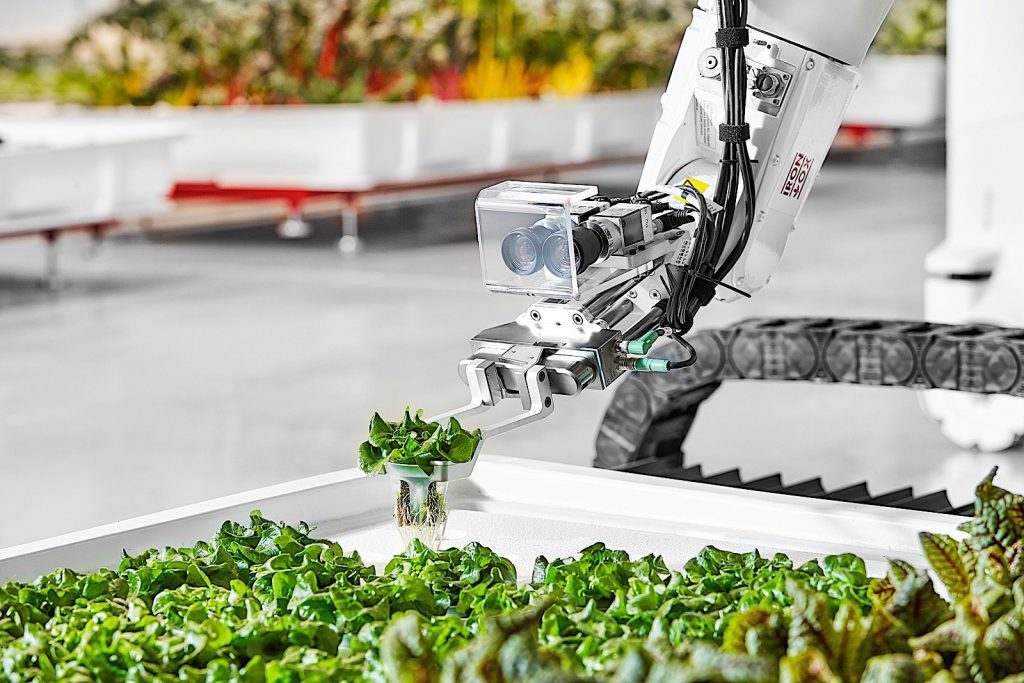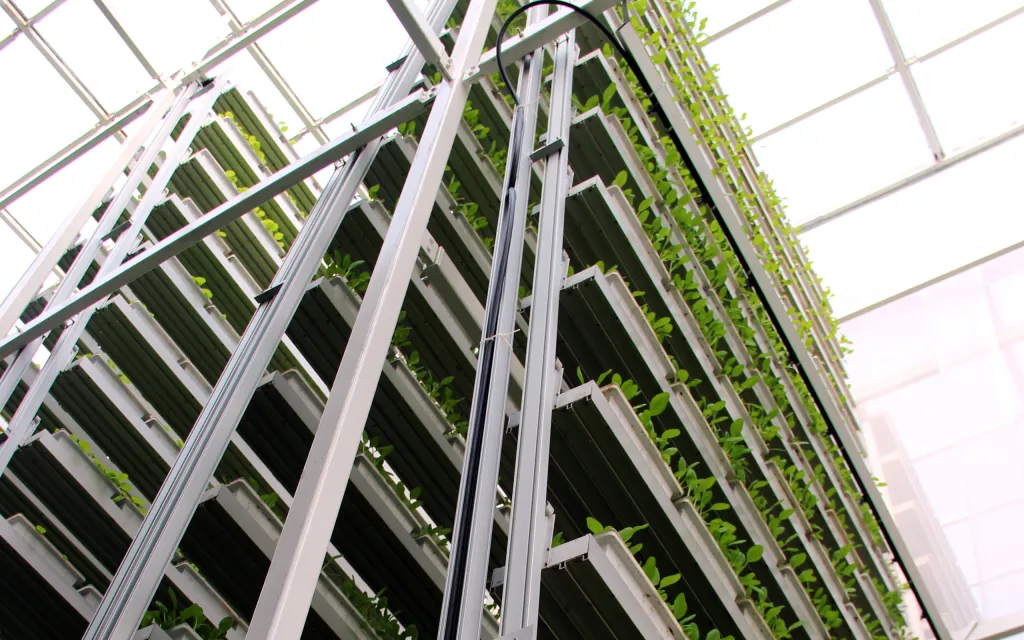Nitrogen (N) is the most crucial ingredient limiting global agricultural productivity. Despite numerous efforts, the nitrogen utilization efficiency (NUE) in agriculture remains below 50%. Reaching desired crop yields has resulted in excessive nitrogen consumption, which is a global economic and environmental challenge. Continuous research of innovative solutions has resulted in the synthesis of novel nanomaterials, yielding a potent tool for the creation of new technological products. Nanofertilizers are among the most promising engineered materials being evaluated for soil or foliar application. Using nanofertilizers on a variety of plant species has yielded encouraging results; however, little is known about its use to grasslands. Commonly, granular N fertilizers are applied to grassland soils, which can lead to large losses via surface runoff or leaching, ammonia (NH3) volatilization, and N oxides (N2O, NO, NOx) emissions. It is anticipated that nitrogen nanofertilizers will boost NUE by increasing the efficiency of N delivery to plants and decreasing N losses to the environment. Information on the efficacy of N nanofertilizer use in grassland species is rare, and application tactics that can be employed to prevent N losses are poorly understood. Grasslands may benefit from the application of nitrogen nanofertilizers if new situations of rising economic and environmental limitations emerge. This paper examines its possible usage as a new strategy for enhancing NUE and reducing N losses to the larger environment, examining potential drawbacks and future considerations for animal feeding chains.


